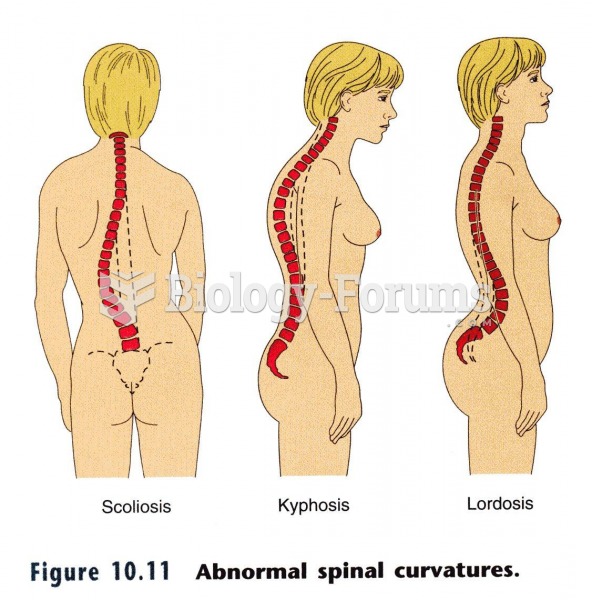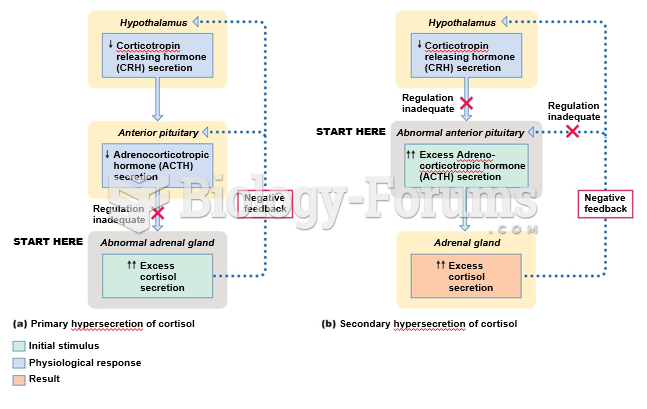|
|
|
Did you know?
The first war in which wide-scale use of anesthetics occurred was the Civil War, and 80% of all wounds were in the extremities.
Did you know?
There are over 65,000 known species of protozoa. About 10,000 species are parasitic.
Did you know?
Cyanide works by making the human body unable to use oxygen.
Did you know?
People about to have surgery must tell their health care providers about all supplements they take.
Did you know?
Drying your hands with a paper towel will reduce the bacterial count on your hands by 45–60%.







